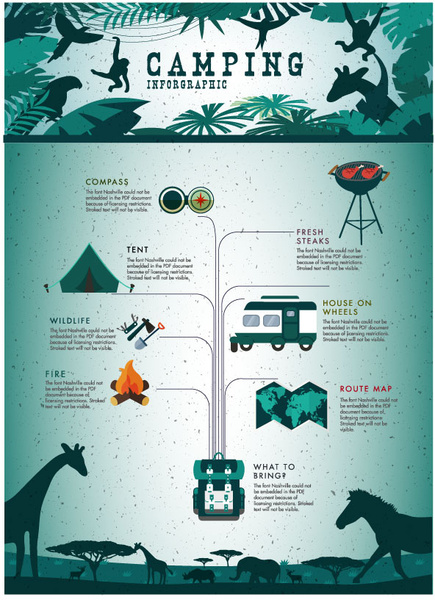While both deal staminas in different environments, it is essential to identify which type of insulation will ideal offer your demands. The insulation you select impacts warmth, weight, water resistance, compressibility and rate.
Down is harvested from waterfowl, normally ducks or geese. It is prized for its agility, easy compression and shielding homes. Nonetheless, down ends up being much less effective when damp.
Warmth-to-Weight
A high warmth-to-weight ratio is preferred in outdoor garments and equipment. The protecting buildings of down feathers make them a terrific alternative for this function, as they are exceptionally warm and light-weight.
Nonetheless, down sheds its insulating capabilities when it splashes, meaning it requires to be coupled with a waterproof covering. In addition, some people dislike down, making artificial jackets a much better alternative for them.
Synthetic insulations are normally made from recycled polyester and designed to simulate down's shielding homes. They are not as light-weight as down, but they do not lose their shielding capabilities when they splash and dry faster than down. They are also extra budget-friendly than down. However, their life-span is shorter than down, leading to higher upkeep and substitute expenses.
Water Resistance
The insulation you choose for your job jacket will certainly make a huge distinction in exactly how comfy you feel outdoors. Nonetheless, the type of insulation you choose also has substantial ramifications for your sustainability objectives.
Down is an outstanding insulator for a variety of reasons. It's light-weight, compressible, and offers a great warmth-to-weight ratio. Nevertheless, it does not prosper when it splashes. Down globs up and sheds its loft when wet, which can dramatically reduce its ability to trap warmth.
Synthetic insulation products, such as Thinsulate and Primaloft, hold up far better against damp problems. They usually have a limited weave or chemical finishing that maintains water from permeating the textile. This allows the insulation to continue to be breathable, even if damp. It deserves noting that synthetics can additionally be awkward when damp, yet they retain their insulating homes.
Compressibility
While goose down does have a remarkable warmth-to-weight proportion, artificial insulation does in a similar way. Nonetheless, unlike down which takes in and sheds its protecting capabilities when wet, synthetic insulation does not. Consequently, it can keep its loft and trap cozy air in damp problems.
Normally produced from polyester sheets or clusters that imitate down, the most common synthetic insulation brands include PrimaLoft, FullRange, Thermoball and Patagonia's PlumaFill. While it still can't match down's loftiness and gift bag warmth-to-weight, artificial coats are light-weight, quick to dry and less expensive than down. This makes synthetic coats excellent for damp atmospheres, or if you're prone to sweating heavily. Synthetic coats are additionally much less delicate than down and can take a beating. This resilience extends to their face textiles which are generally thicker and a lot more long lasting than down.
Sturdiness
A major factor to consider in sustainability is a product's durability and sturdiness. Natural materials like cork, ThermaCork expanded cork and Havelock woollen last longer than synthetic options like fiberglass and plastic. They additionally need less upkeep and can stand up to extreme environmental problems.
Nevertheless, natural insulation doesn't execute also when wet as artificial options. Wool and fleece glob with each other when wet, endangering their capability to trap heat. Artificial insulation, on the other hand, does not absorb dampness and remains to insulate also when soaked.
This makes synthetic insulation ideal for damp climates and strenuous tasks where you may sweat heavily. It's additionally simpler to wash and dries out faster than down. This added durability and integrity make synthetic insulation a total champion in this category. This equates to resilient shielded work boots that last long and maintain you warm via demanding settings.
Sustainability
Natural products provide biodegradability and a smaller ecological footprint, while artificial options brag durability and cutting-edge applications that support power efficiency. Nonetheless, it is essential to recognize real ecological effect of these insulation products from cradle-to-grave.
For instance, if an all-natural insulation material needs to travel a far away from its source to the building website, transportation-related discharges raise its overall carbon impact. Choosing in your area sourced and reused products lowers that impact. And, selecting GREENGUARD and Cradle to Cradle certifications makes sure that insulation is free of unstable natural compounds (VOCs) and sustains liable sourcing and labor conditions.
Lamb's woollen and cork are sustainable insulation resources that are harvested without hurting the tree or plant. Both have actually the added advantage of being naturally resistant to mold and mildew, pests and wetness.
